Estimated reading time: 12 minutes
George Reeves was the second actor to play the iconic role of Superman. Kirk Alyn was the first. The son of Donald Carl Brewer and Helen Lescher, Reeves was born George Keefer Brewer in January of 1914 in Woolstock, Iowa. Inconveniently, young George entered the world five months after his parents were married at a time in history when such details were a pretty big deal. George’s parents split up soon thereafter. The boy was raised by his stepfather, Frank Joseph Bessolo. Bessolo formally adopted the boy when he was 13.

Frank and Helen were married for 15 years. However, the couple separated while George was away visiting relatives. Upon his return, Helen lied and told him that his stepfather had died unexpectedly. Bessolo actually passed away in 1944 with George yet still remaining unawares. This was just one of the many tragic aspects of this young man’s remarkably tragic life.
Table of contents

Superman Himself
George had a gift for the theater and an exceptional memory. Reeves began acting in school productions in junior high school and continued into his time at Pasadena Junior College. He landed his first film role in 1939 as one of Scarlett O’Hara’s suitors in Gone with the Wind. It seemed that having a Best Picture movie at the top of your resume was pretty good for his career. It also didn’t hurt that he was handsome and 6 feet 2 inches tall as well as being a competitive wrestler and judo enthusiast.
Warner Brothers picked the young actor up and convinced him to change his name to George Reeves. This was a common thing in Hollywood. Apparently George Bessolo looked kind of lame on the marquis.

Like many to most aspiring Hollywood stars, George bounced from role to role as the work came available. He once earned a part in a Hopalong Cassidy production by running through seven pages of dialogue without a break. However, a superhuman memory was not the only superpower for which George Reeves would eventually become known.
A Great Opportunity
By the onset of World War 2, George Reeves’s acting career was doing fairly well. He worked in five Hopalong Cassidy films before landing the lead in a war drama called So Proudly We Hail! opposite Claudette Colbert. However, with the war now in full swing Reeves enlisted in the US Army. He spent his time in uniform performing in an Army Air Corps patriotic Broadway spectacle titled Winged Victory and making training films.
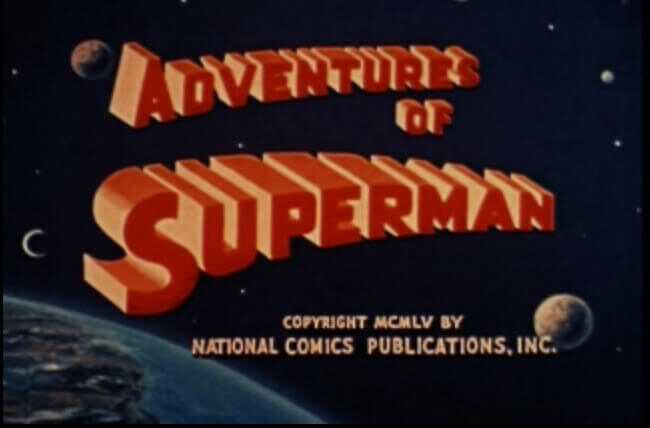
Post-war Hollywood production was scaled back, and Reeves struggled to find work. Despite his previous successes, he actually made ends meet for a time manually digging cesspools. In 1953, Reeves landed a small part in From Here to Eternity, his second Best Picture project. Two years before this, however, Reeves scored his career-defining part. In 1951 at age 37 George Reeves became Superman.
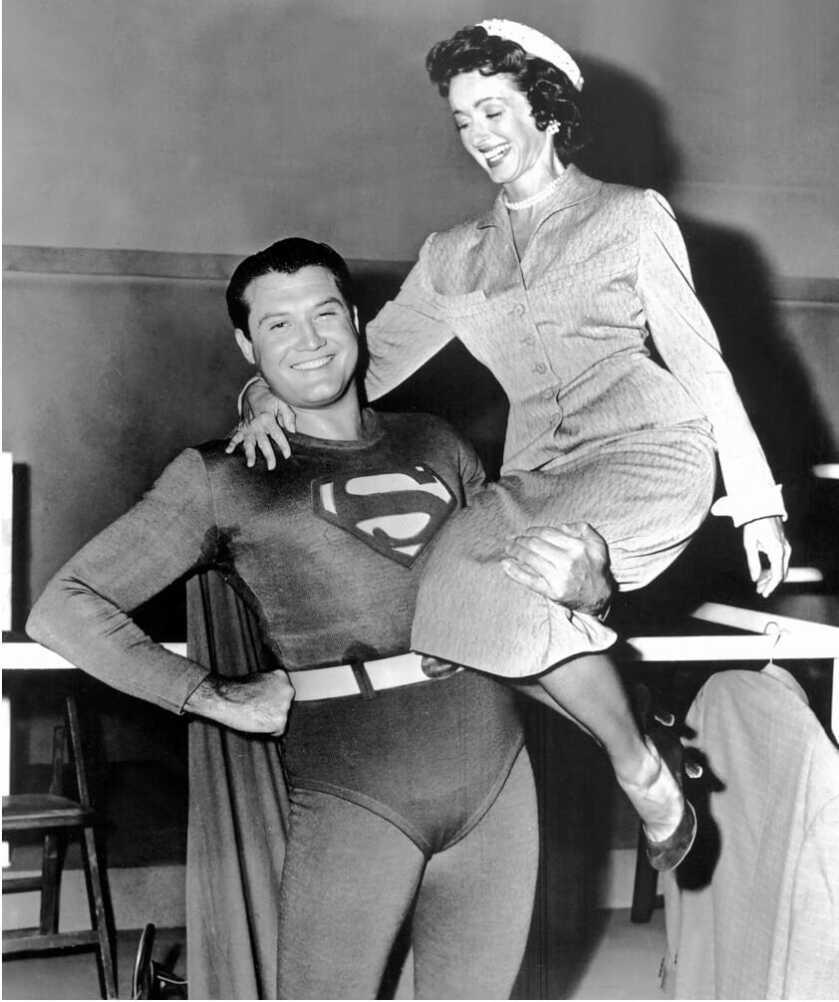
Not Superman’s Style
Reeves was not initially attracted to the role. Like most Hollywood folk, he viewed television as subordinate to film and a step backward for a successful professional actor. However, in short order his name and persona became household icons. For a driven actor serious about his craft, this turned out to be a two-edged sword.
Adventures of Superman was quite the low-budget affair. The production schedule called for two half-hour episodes to be shot every six days. Sets were frequently used to shoot multiple scenes in multiple different episodes. As an example, once the crew got Perry White’s office set up for a production they might shoot the footage for three or four episodes all at one sitting. Reeves’ legendary gift for recalling dialogue was a great benefit given the frenetic schedule.

A Great Success
The pilot was titled Superman and the Mole Men, and it was a great success. The cast and crew produced the next 26 episodes in 13 weeks of shooting. While primitive by today’s standards, the flying effects were radically advanced for the day.
Available on GunsAmerica Now
Scenes of Superman flying were differentiated into three discrete phases—takeoff, in-flight, and landing. While shooting the pilot, Reeves used tiny cables during the take-off sequences. At one point while shooting Superman and the Mole Men the cables snapped, spilling him to the studio floor. For the remainder of season one, stunt doubles filmed from behind did the take-offs to prevent injury to the star.

The definitive effect used an off-screen springboard to allow Reeves to vault through an open window and land on a padded mat out of frame. The production crew created a counterbalanced cantilever device to simulate the in-flight scenes. With Reeves positioned face-down and a wind machine blowing his cape, this contraption could be angled and banked to simulate in-flight maneuvering. Back-projection screens were used to provide the appropriate backdrop for his flying action. The landing scenes had Reeves leap off of a ladder or swing from a horizontal bar to drop into frame. It is no great chore to spot the residual stigmata of the apparatus in the final production.
Hollywood is not the Real World

Reeves thrived in his new Superman persona. Like many folks of that era, Reeves was a heavy lifelong smoker. However, he made a point never to smoke in public and eventually quit altogether. Reeves relished the adoration and respect of children that came with the role. It was estimated that 35 million people watched Adventures of Superman every year, half of whom were adults. The show was popular both in the US and abroad. Reeves once received a fan letter from the Emperor of Japan extolling his enthusiasm for the program.
Reeves once had a child present to a public event with his father’s handgun intending to shoot him. Everyone knew that Superman was impervious to bullets. He supposedly disarmed the kid with an explanation that the richocheted rounds might harm bystanders.

Eventually Reeves began a torrid affair with Toni Mannix, wife of notorious studio fixer Eddie Mannix. Mannix is masterfully depicted by Josh Brolin in the Cohen Brothers comedy Hail Caesar! Eddie Mannix had a history with the Mob and enjoyed a well-earned reputation as a man who could bury most anything if it might reflect negatively on the studio. His was likely not the best choice if you were planning on stealing somebody’s wife. Now hold that thought…
Glory Comes at a Cost
With such an iconic role came the inevitable type-casting. Leonard Nimoy, Mark Hamill, and Milla Jovovich are other examples of actors who struggled to distance themselves from truly compelling screen personas. Reeves was making $5,000 per week during production (about $50,000 today) but this was basically gig work. They only shot the show for about eight weeks per year. Additionally, now aged 40 he realized that playing the virile Man of Steel might not be a realistic retirement goal.
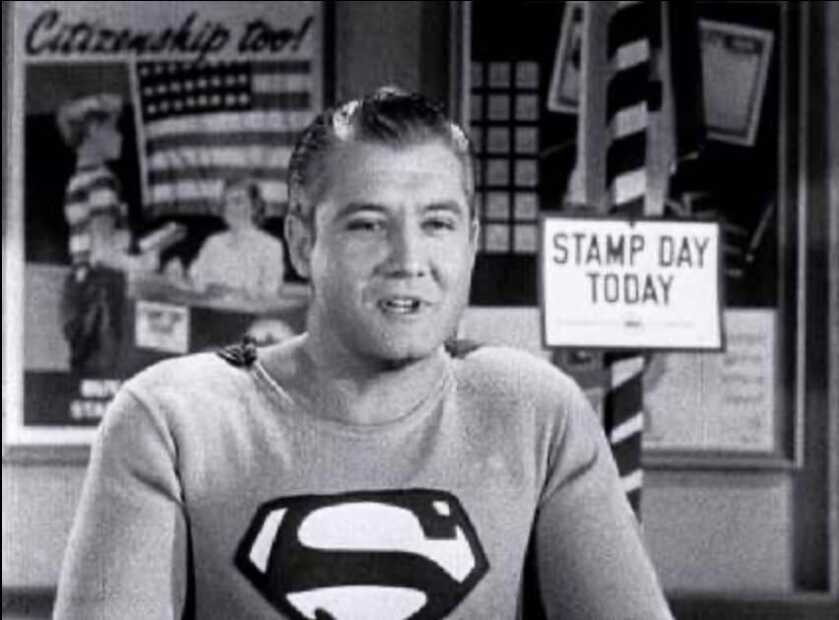
Reeves sang as a guest star on the Tony Bennett Show in 1956. The following year he appeared in costume on I Love Lucy. He even toured in a live-action production for a time wherein he would open as Clark Kent before moving off-stage and leaping back as Superman. The villain he fought in these stage productions was called “Mr. Kryptonite.” At one point he appeared in a short produced for the Treasury Department entitled Stamp Day for Superman. In it he caught bad guys while lecturing children on the wholesome benefits of buying government savings stamps. He was known to mutter, “Here I am, wasting my life” in between takes.
Superman Takes a Dive

Reeves parted ways with Mrs. Mannix in 1958. He became engaged to socialite Lenore Lemmon soon thereafter. Now 45 and short on cash, Reeves’ life began spiraling. He had several potential projects in the works, but they were all fairly small and unimpressive. The details of what happened next have been widely disputed.

In the summer of 1959, Reeves purchased a 9mm German Luger pistol that he kept in his bedroom. On 16 June he was at home with Lemmon and a writer named Robert Condon. He was scheduled for a judo exhibition bout against Archie Moore, the light heavyweight champion, the following day. Two visitors, William Bliss and Carol Van Ronkel, rang the bell at around 0100, apparently waking Reeves and rendering him agitated. He was quoted as having said he was, “in no mood for a party.” As Reeves returned upstairs alone, Lemmon cryptically stated, “He’s going upstairs to shoot himself.”
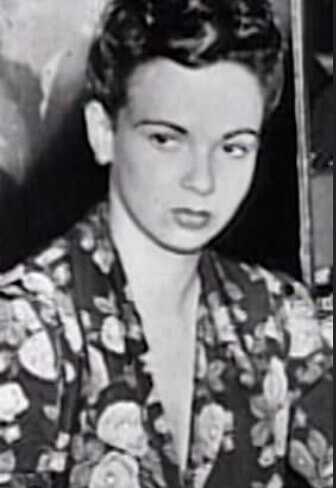
The End For Superman
The guests heard a scraping noise at which point Lenore said, “See, he’s opening the drawer to get the gun.” There then resulted a single gunshot at which point the young woman exclaimed, “See there, I told you. He’s shot himself!” They rushed upstairs to find Reeves naked with a gunshot wound to the head. A 9mm bullet was lodged in the ceiling. The pistol was on the floor between his feet.
The official story was that Reeves had grown depressed with his type-casting and dwindling resources and had taken his own life. Some two months prior he had run his sports car into an embarkment and suffered a 5-inch head wound and concussion for which he spent several days in a local hospital. However, the physical evidence at the scene threw this narrative into question.
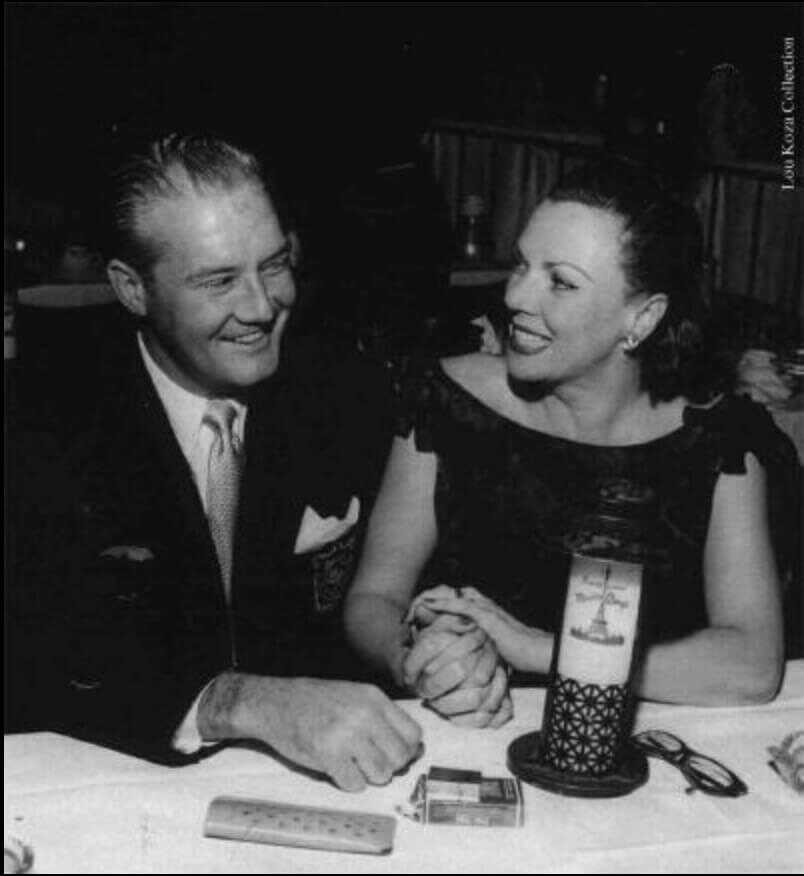
Final Moments
When interviewed by police, Lemmon later claimed that she had only been kidding when she narrated her fiancé’s death from the living room. There were also rumors that she had actually been upstairs with him all the while and rushed down imploring the guests to cover for her before the police arrived. There were no fingerprints found on the weapon. Additionally, there were two bullet holes in the floor that were unaccounted for in the witness statements, and there was no evidence of powder residue on Reeves’ hands. However, there was later some disagreement about whether or not the investigating officers had actually checked Reeves’ hands for gunpowder.
READ MORE: Major William Gail White: The Frag Magnet

Apparently George Reeves, for all his cluttered emotional baggage, was a pretty decent bloke. The sign on his dressing room read, “Honest George, The People’s Friend.” However, Eddie Mannix was both a mobster and a proper villain. He likely did not take the theft of his woman lightly. Rumors persist to this day that George Reeves–Superman–actually perished as the result of a coordinated mob hit. Regardless, it was a surprising way to lose the Man of Steel.
*** Buy and Sell on GunsAmerica! ***






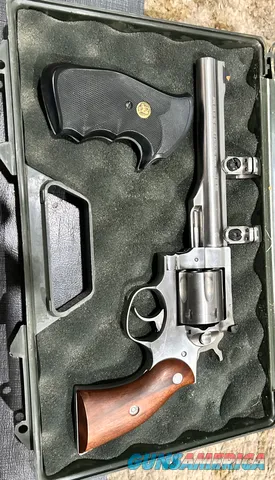
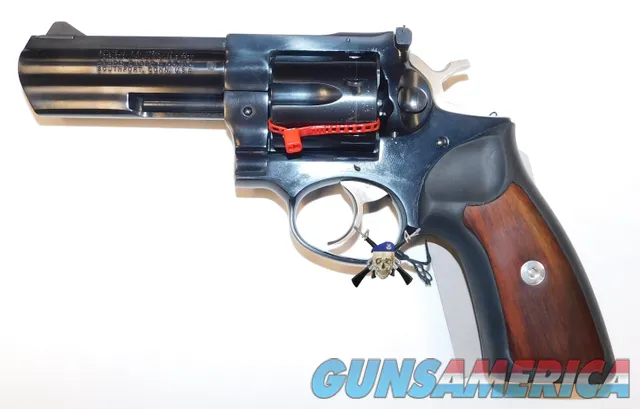




Dr. Dabbs,
Longtime reader of posts!
Appreciate your service in all areas!
Would love to discuss treatment of snakebites from perspective of retired country veterinarian, with over 40 years experience in Va.,Tenn.,Al., & Fl.
Know you are busy! Call, text , e-mail, lunch at your convenience!
Live on your side of Cullman, Al.
Thanks for keeping the spirit of George alive. From an ancient time when kids had heroes, not hang-ups.
The series has played for literally thousands of hours on TV. Still today.
Dark story. I guess he wasn’t going back to dig cesspools.
Thanks doc.
Super story